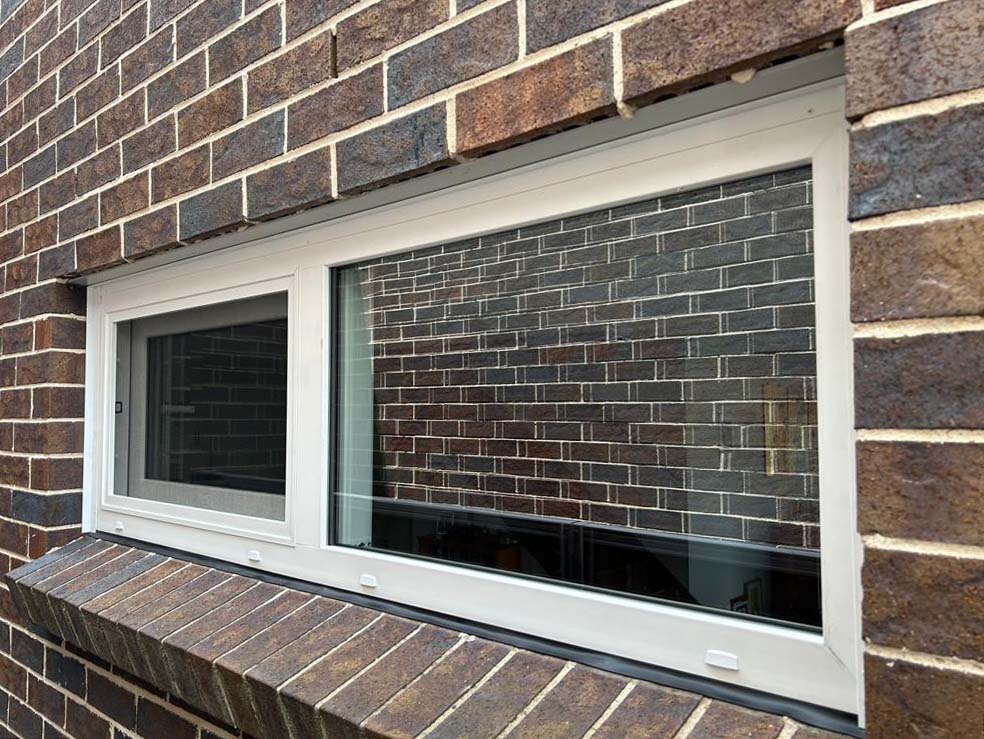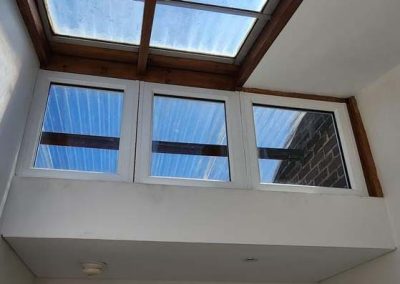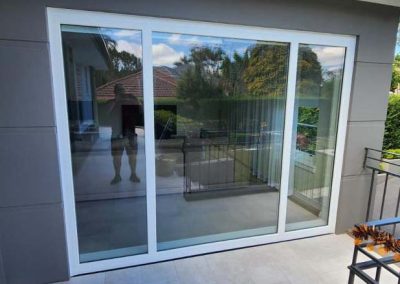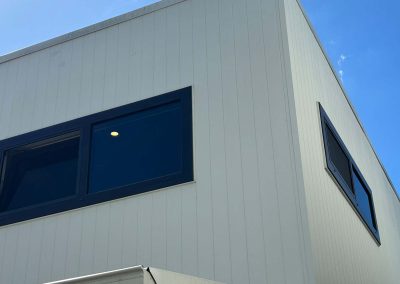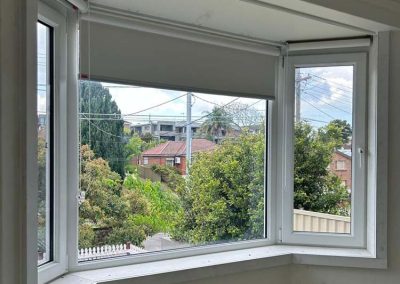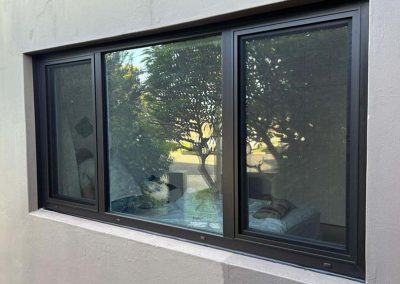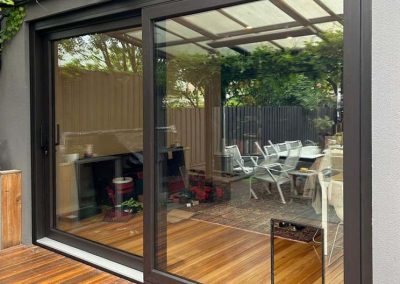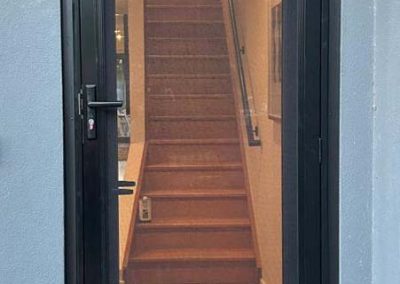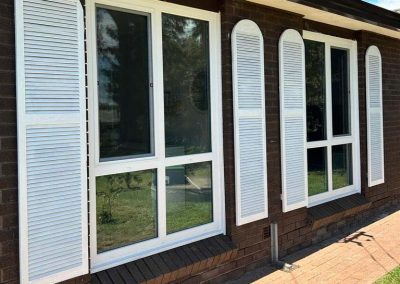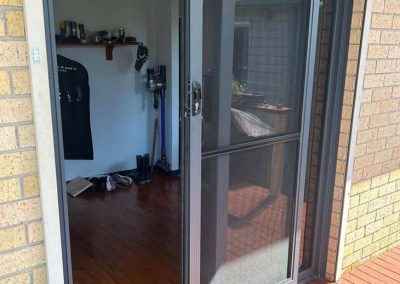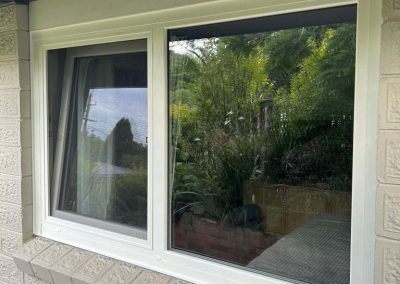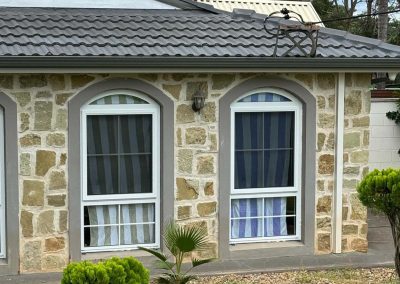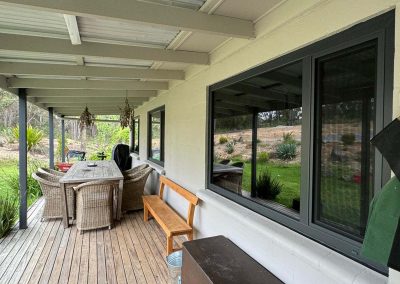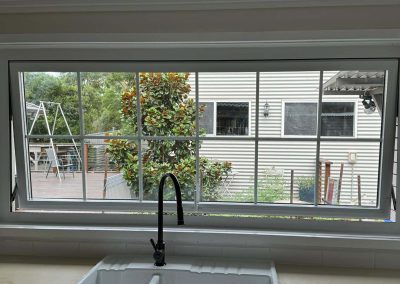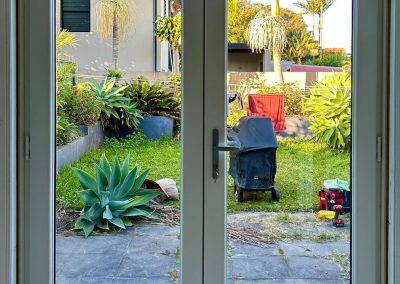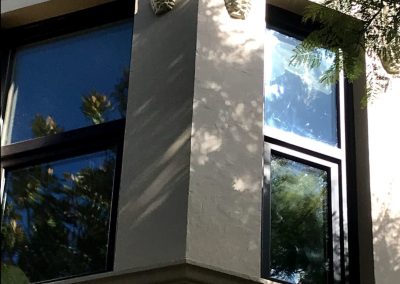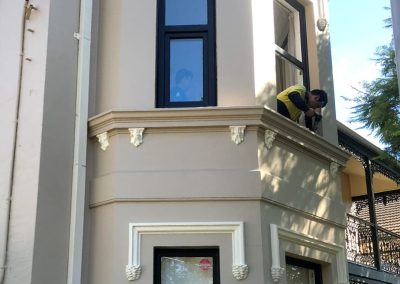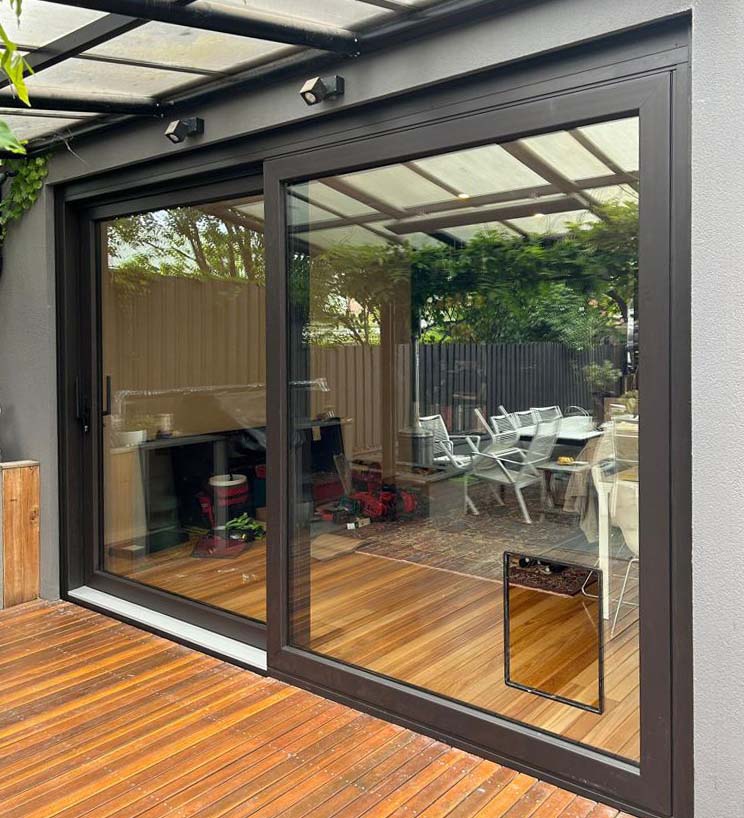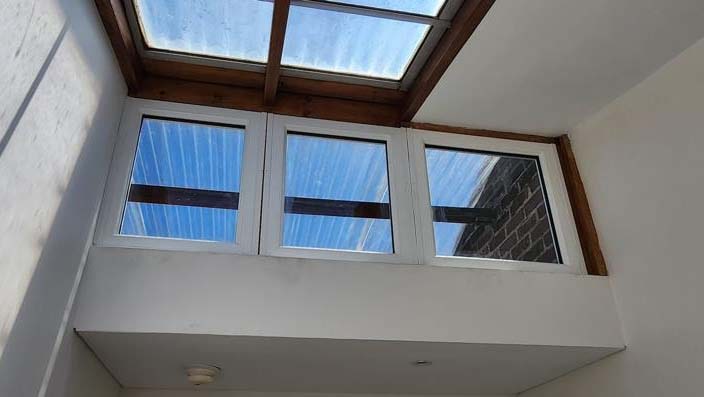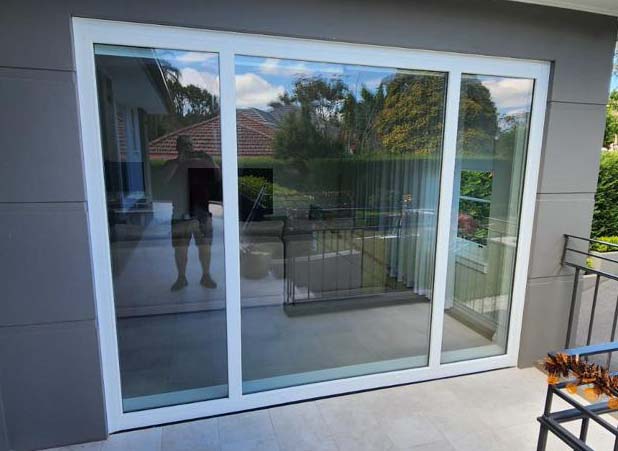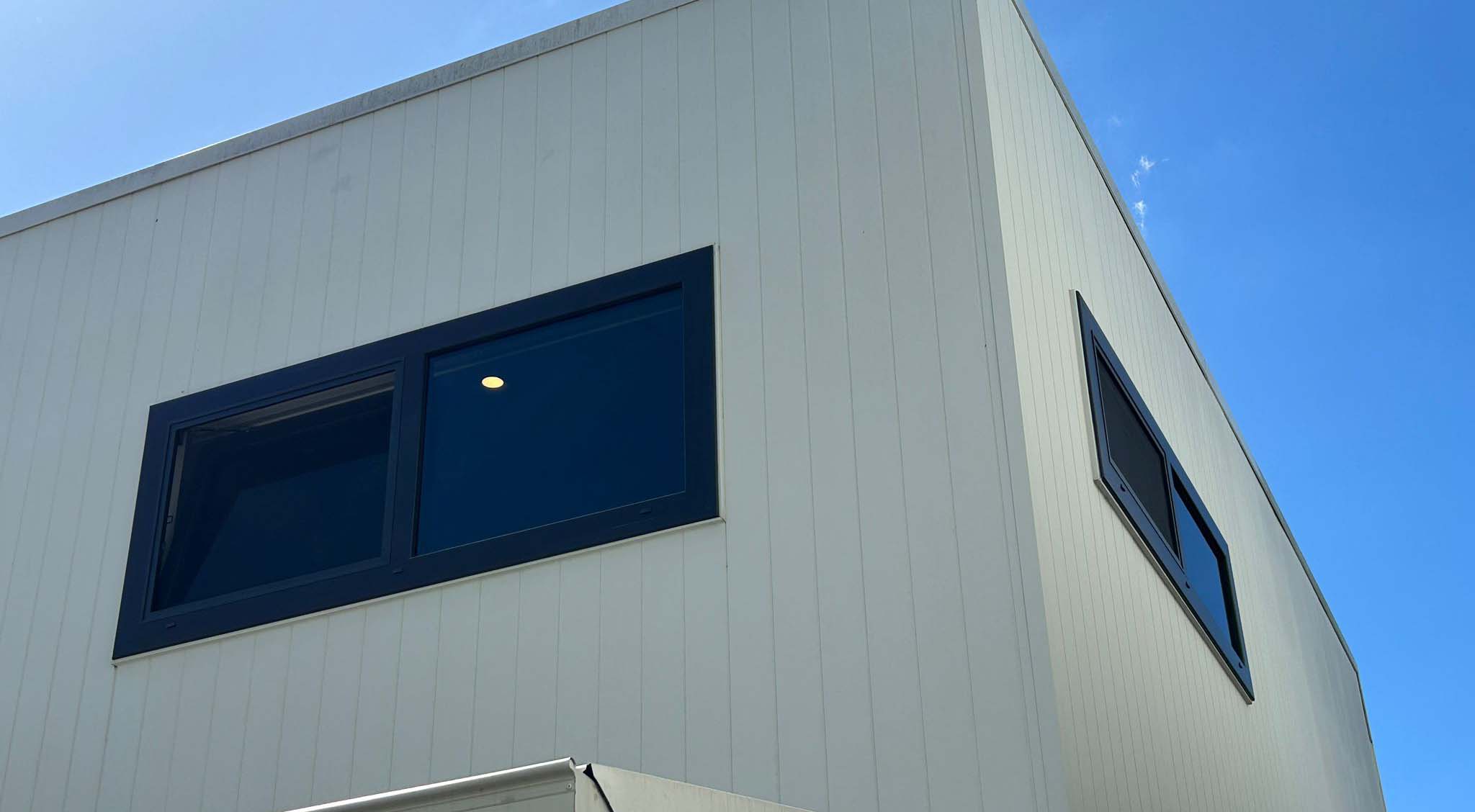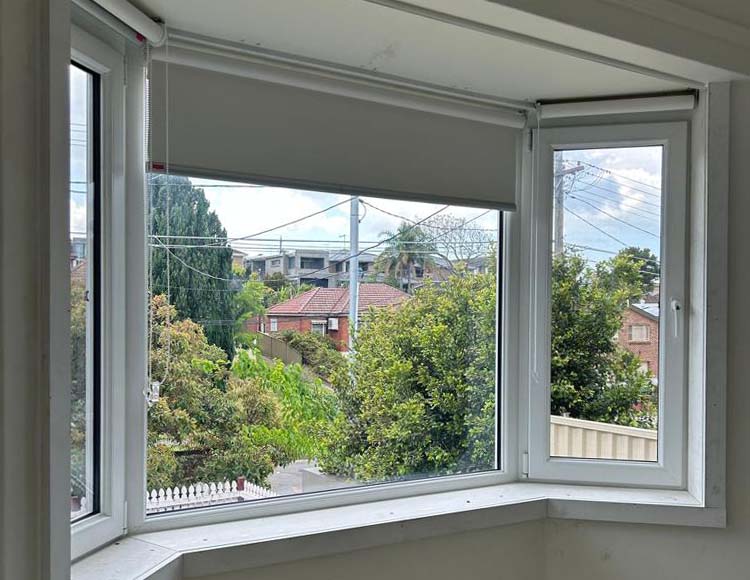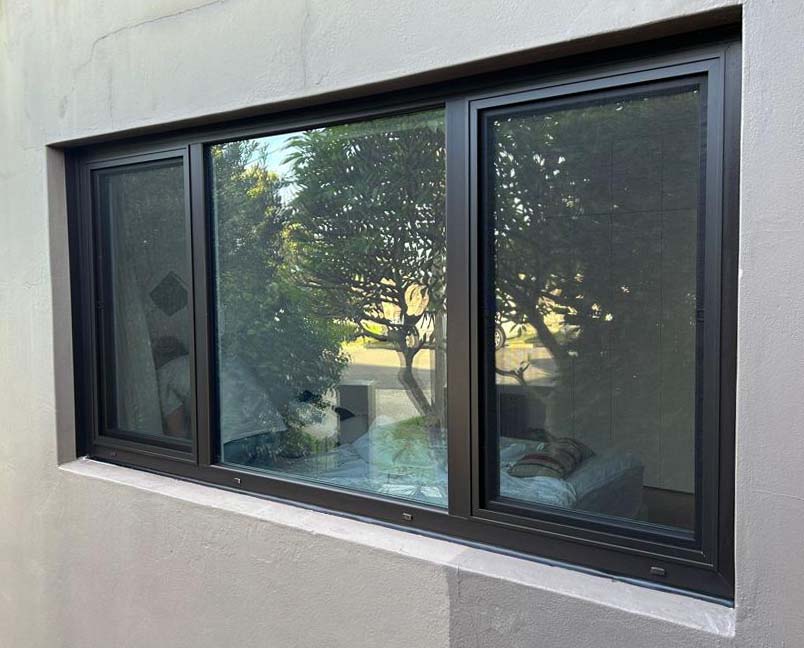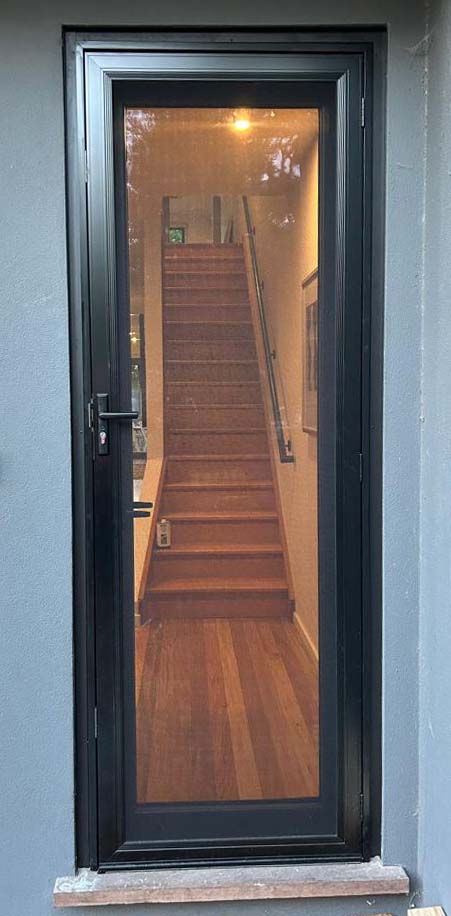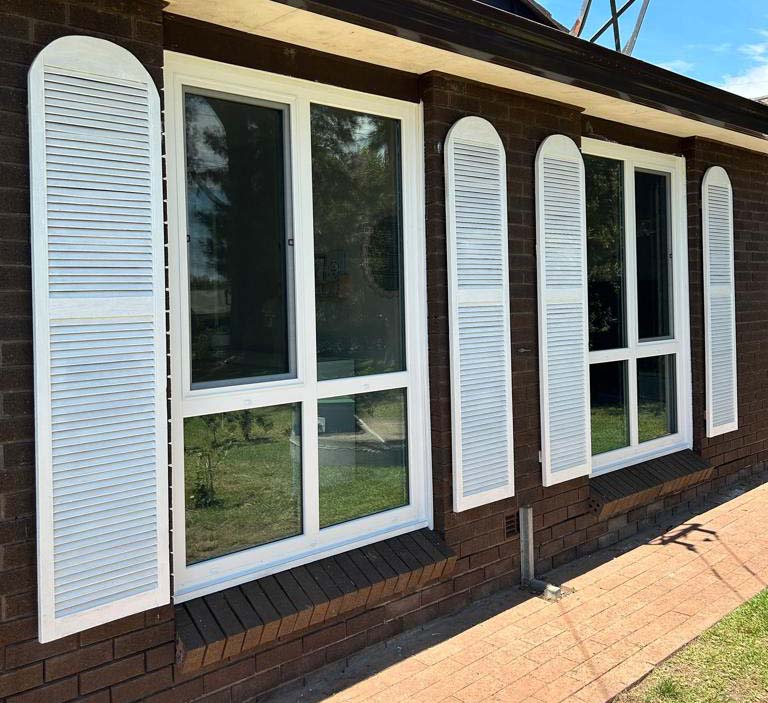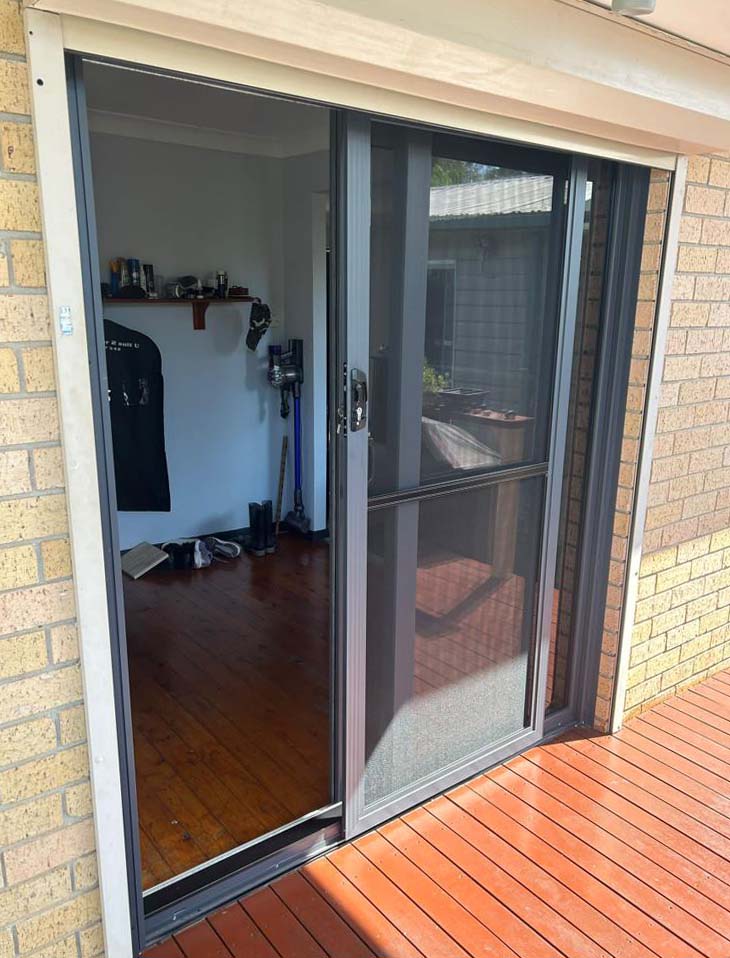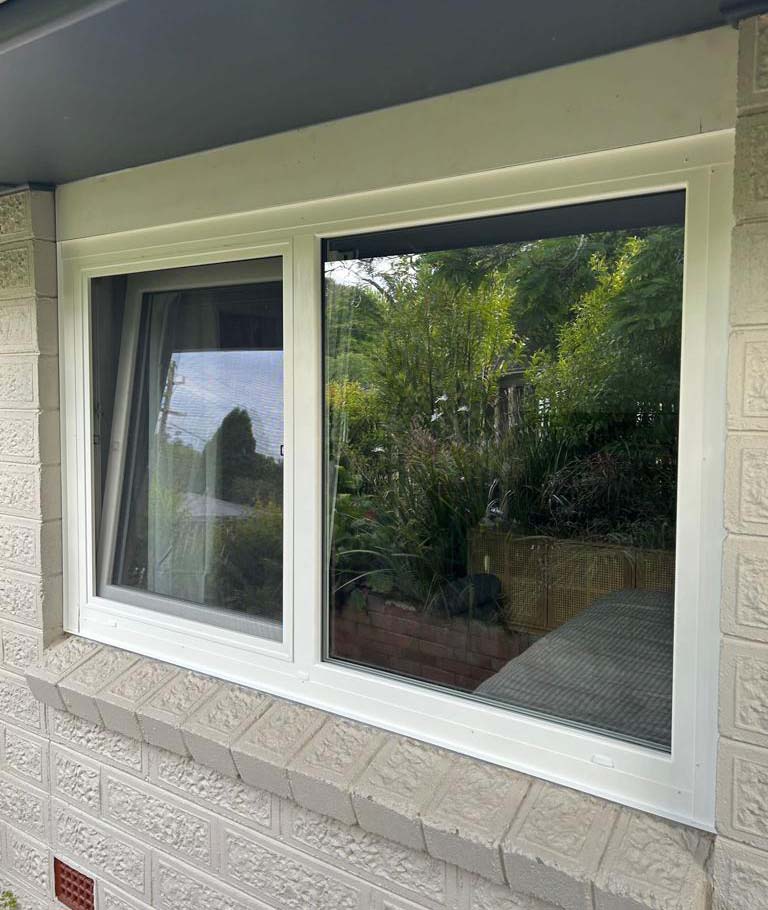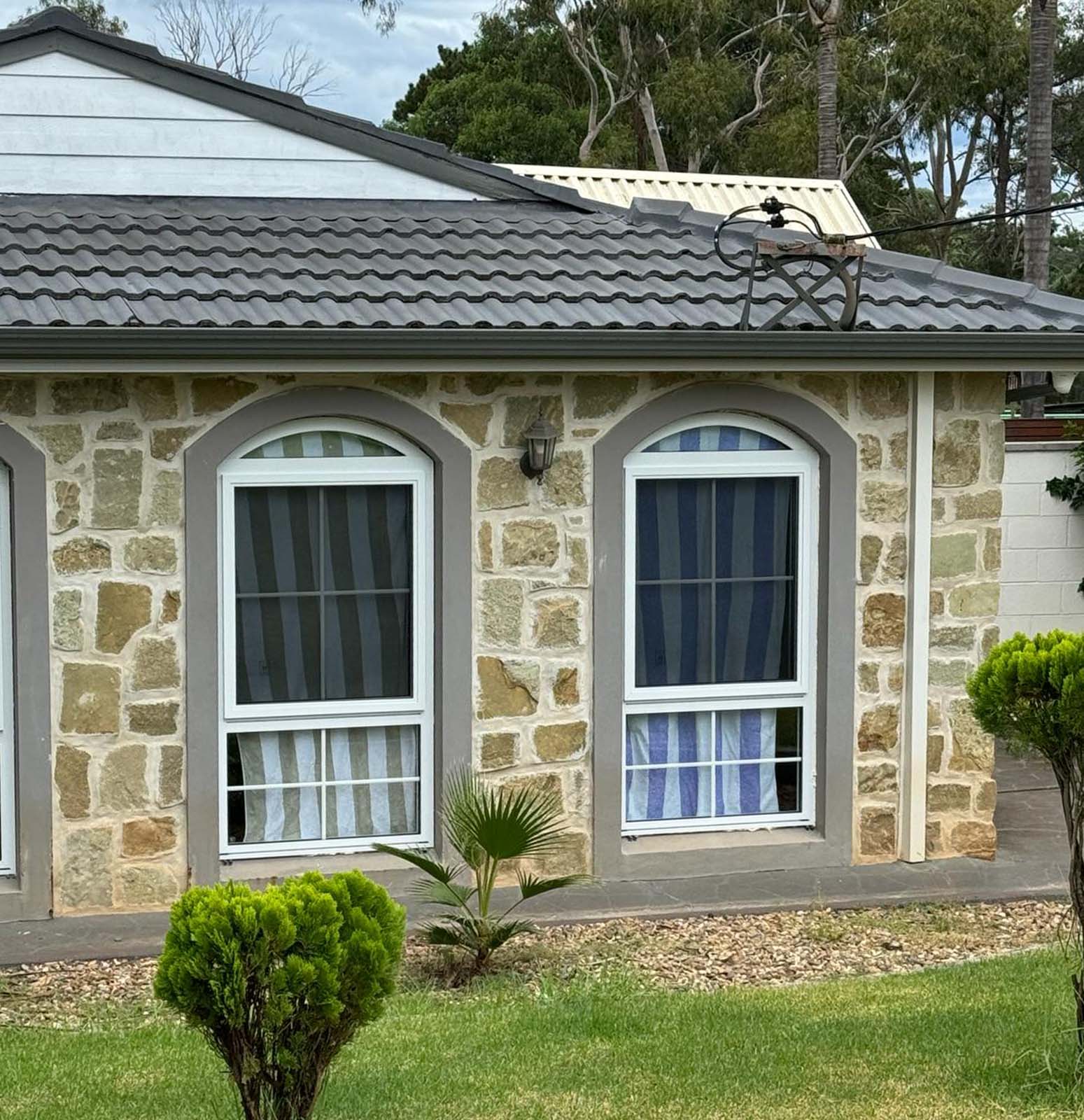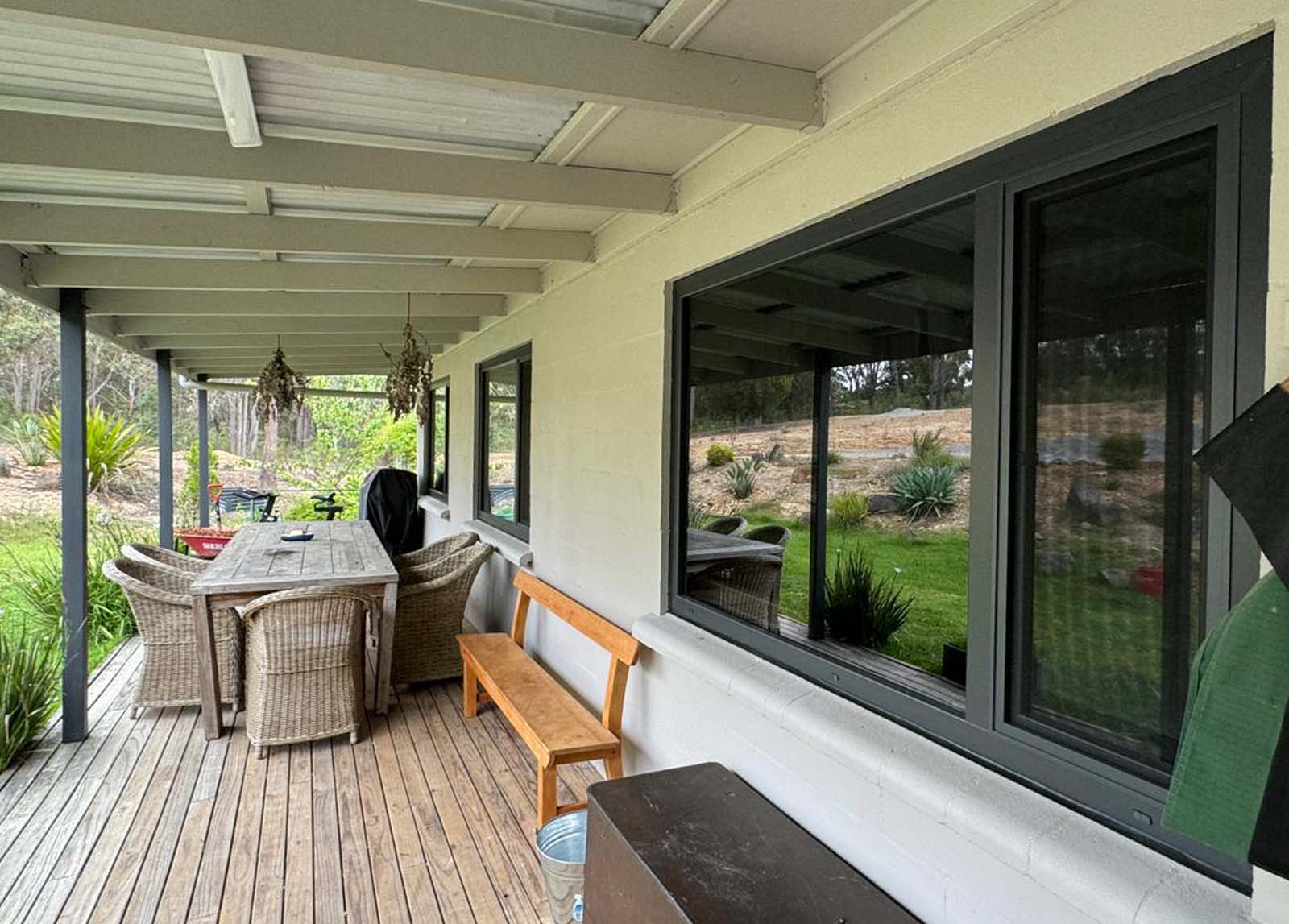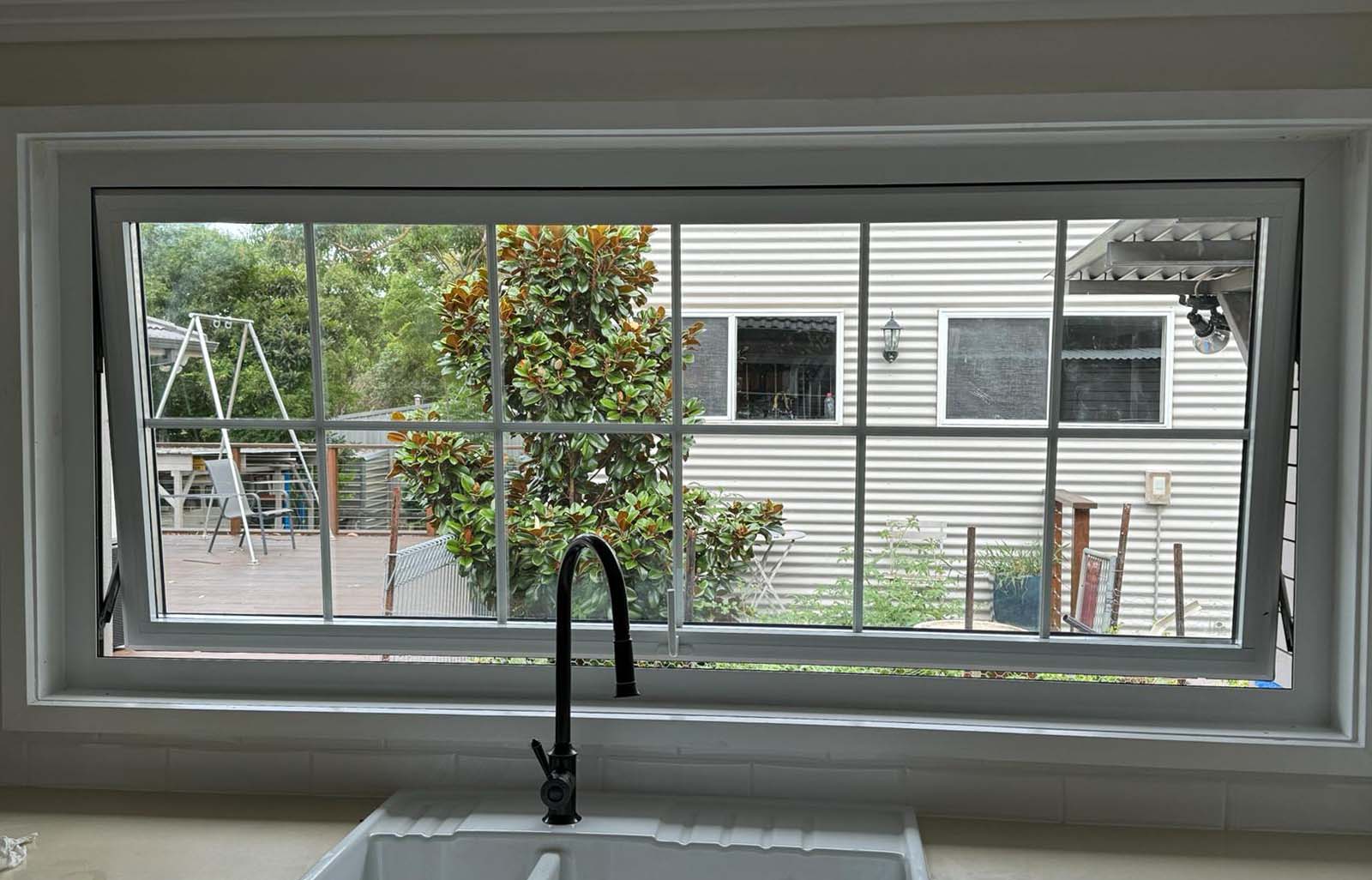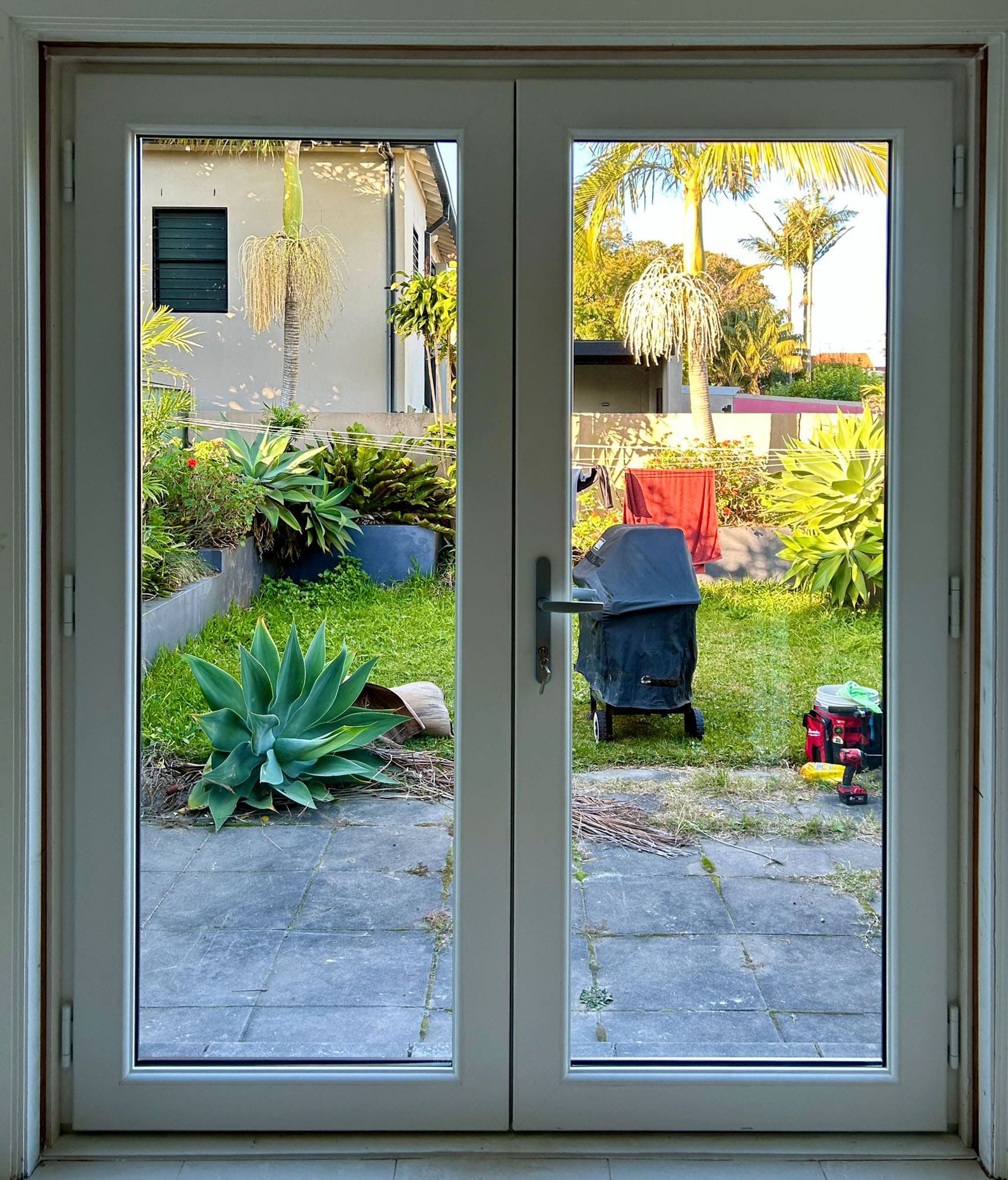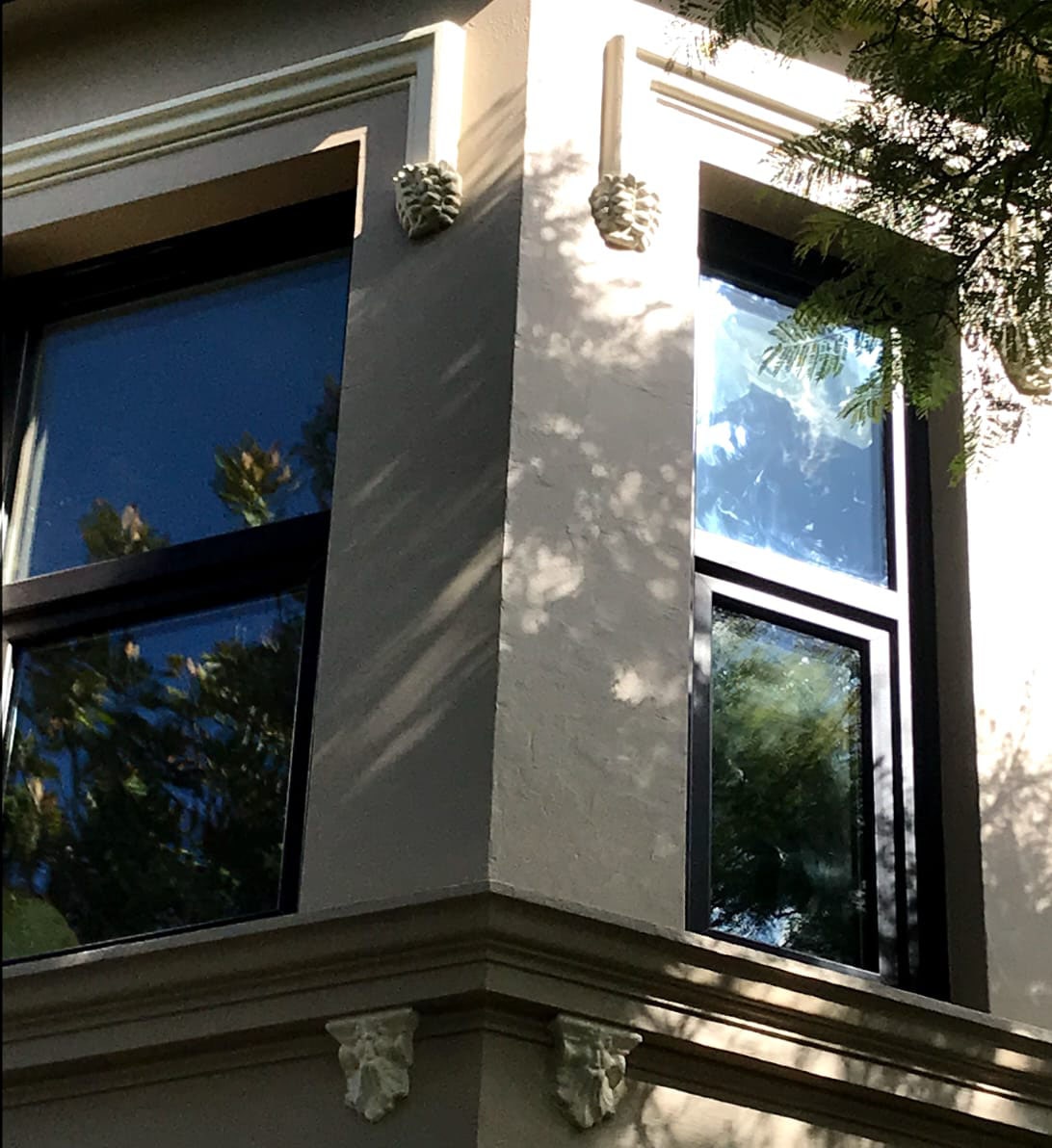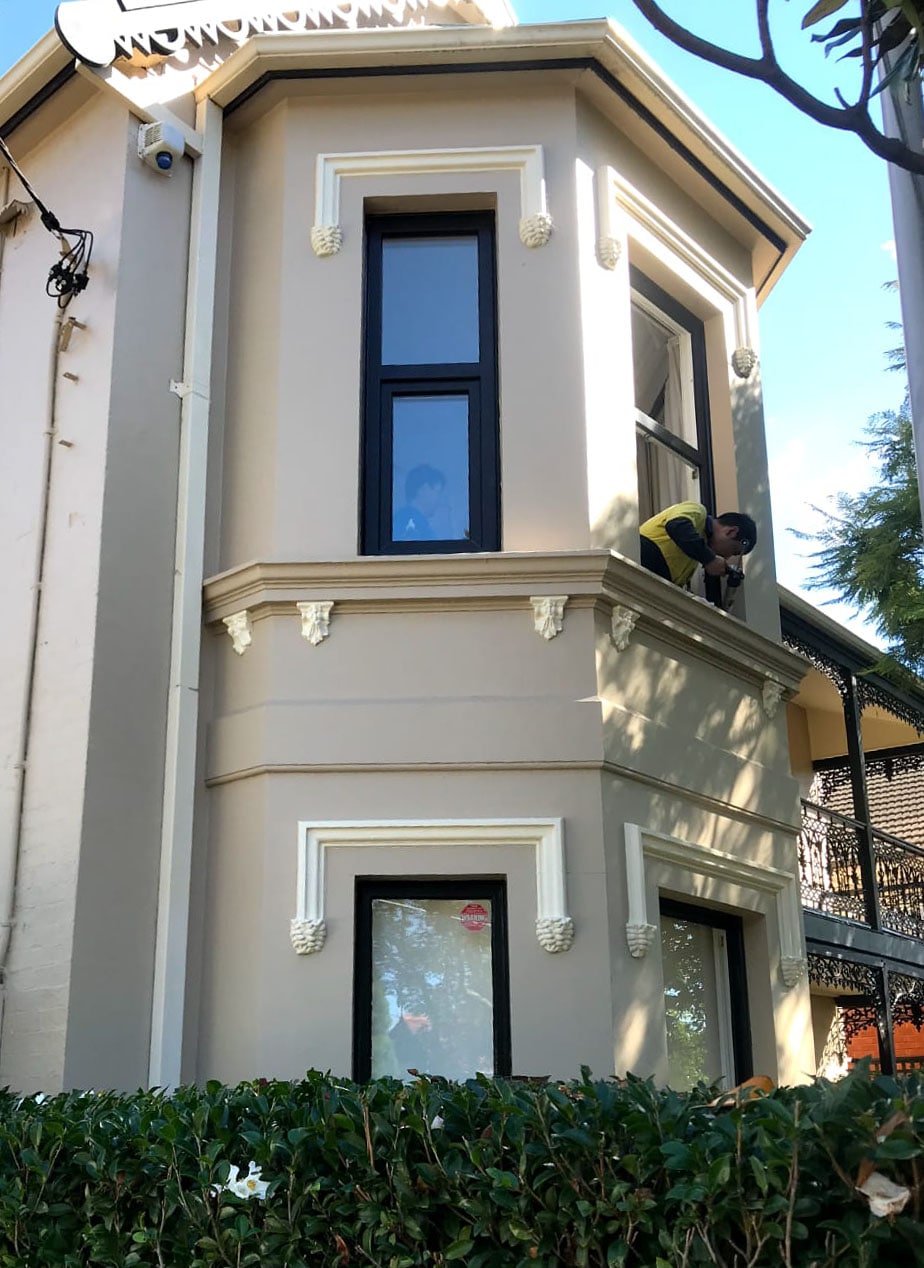In this article:
Understanding the Noise Insulation Benefits of Double Glazing
Brief Description of Noise Insulation Classes
Regulatory Requirements for Noise Insulation
Production Tricks
The Role of Fittings
Requirements for Installation of the Window
How to Increase the Noise Insulation Without Window Replacement: Checklist
Understanding the Noise Insulation Benefits of Double Glazing
In this article you will find out does double glazing protect from noise from outside.
Noise is a set of sound factors of varying intensity and frequency present in a particular place at a particular time. A person is able to live normally with noise pollution from 20 to 80 dB, but going out of this range can cause irreversible changes. Noise insulation of a window is its ability to prevent a certain percent of sounds from entering. To achieve this goal, a special elaborate design with anti-resonance properties is used.
Sources of noise background are diverse. These are automobile and railway transportation, loud music, various vibrations, conversations, blows of construction tools.
Types of noise:
- Airborne. Propagates through the air. This is music, shouting, barking dogs, loud conversations.
- Impact. Occurs due to mechanical impacts. The sound of an object falling.
- Structural. Propagates through the load-bearing structures within the building itself. It is caused, for example, by the operation of elevator equipment, slamming doors.
The purchase of double-glazed uPVC windows in Sydney with good noise insulation will not save you from neighbors-melomaniacs or constantly making repairs with a percussion drill. But will significantly reduce the sounds coming into the dwelling from the outside – from the road, construction site, 24-hour bar, stadium. That is, uPVC systems – protection from airborne noise.
Brief Description of Noise Insulation Classes
Let’s understand the different classes of sound insulation for casement windows. The classification primarily refers to the noise insulation of double-glazed windows, as the degree of protection largely depends on them.
Classes:
- First: Up to 30 dB. Provided by old wooden frames with glass or cheap PVC systems.
- Second: 30-32 dB. Achieved with a single-chamber double-glazed window.
- Third: 32-34 dB. Achieved with a single-chamber anti-resonance or basic two-chamber package.
- Fourth: 34-36 dB. Provided by a glass unit with asymmetric spacers.
- Fifth: 36-40 dB. Achieved with a two-chamber acoustic double-glazed unit with glass of different thicknesses.
- Sixth: More than 40 dB. Provided by a three-layer triplex.
Regulatory Requirements for Noise Insulation
According to regulatory standards, noise levels in residential properties should not exceed 30 dB at night and 40 dB during the day. Therefore, a basic window with a two-chamber double-glazed unit will not be sufficient if there is a busy highway with a noise background of up to 80 dB below the windows.
There are certain methods of sound insulation research that involve the use of scanning microphones, noise generators, and loudspeakers. Calculations are made using complex formulas. People who do not have such devices and engineering education can conduct “tests” based on their own feelings. If you find it difficult to sleep or concentrate, and if street noises from the uPVC window in the apartment create discomfort, it is better to order the replacement of structures for quieter ones.
Production Tricks
To increase the percentage of sound absorption in production, the basic design can include modifications:
- Different thicknesses of glass in the same system. For example, 6 mm and 4 mm. This reduces the noise level to 35 dB, which is sufficient for the comfort of the residents. A single-chamber double-glazed unit with different glass thicknesses protects against sounds no worse than a typical two-chamber unit. Example formula: 6-8-4-10-4. This is a two-chamber double-glazed unit in which the outer glass is 6 mm and the other two are 4 mm each.
- Asymmetry of chambers: If the width of the distance frames (spacers) is different, the anti-resonance effect of the design is increased. Example formula: 4-8-4-12-4. This is a design with two chambers, glass thickness of 4 mm, and different widths of frames – 8 mm and 12 mm. Provides a protection parameter of up to 29 dB.
- Gas filling: Chambers of basic double-glazed windows are filled with dry air. To improve noise insulation in the apartment, order windows with double-glazed windows filled with inert gases (argon).
In addition to noise-insulating double-glazed windows with the above features, to increase the noise insulation of windows, install a triplex system. This is a design of two or more glasses connected by a synthetic film or a special polymer composition. It not only dampens sounds but also protects against burglary and is resistant to mechanical impact and vandalism. Drawbacks include being expensive and heavy. More often, triplex replaces the external glass (from the street side). Example formula: 6Tr-8-4-4-10-4. This is a design with an outer glass of triplex, 6 mm thick, asymmetric distance frames of 8 mm and 10 mm, and two other panes of glass, 4 mm each. It provides sound protection up to 40 dB.
Need a consultation?
Our operators will answer any questions
The Role of Fittings
The hardware itself does not affect the noise insulation, but if during the use of the uPVC window block, the bolts are weakened and cease to ensure the tightness of the system, it is possible for external noises to enter the room along with drafts. To solve the problem, it is enough to strengthen the tightness of the clamping.
How to do it:
- Open the sash.
- Find the protruding adjusting elements on its planes. They are called trunnions and can be round, oval, or in the form of kegs or cylinders.
- Using a screwdriver or hexagonal wrench, carefully tweak them. The spacing should be no more than 1 mm. Direction: to increase the tightness of the clamping, the risk mark or notch should face towards the room. For loosening, it should face outdoors.
Requirements for Installation of the Window
You can only get soundproof windows if they are installed according to the state standard. If during installation the joints and gaps are not properly sealed, not only will cold air enter the room, but also background noise. Similarly, installing the system with distortions or saving on mounting foam will reduce sound protection. Errors in the installation of slopes and window sills also contribute to the reduction of sound protection.
There is no point in ordering the quietest uPVC windows with maximum noise insulation of the profile and anti-resonance double-glazing if the installation is done poorly, as it will negate the advantages of the system.
The installation gap between the box and the wall should be up to 2 cm. If it is larger, more foam will be required to fill it, which is a good conductor of sound. It is not worth overusing it.
How to Increase the Noise Insulation Without Window Replacement: Checklist
Before replacing plastic windows, try the following steps to maximize noise insulation:
- Adjust the tightness of the pressure and set the optimal mode of the hardware.
- Check for gaps in the area of the jambs and window sill.
- Install a ventilation valve that allows ventilation without opening the sashes.
Sometimes it helps to replace the gasket. A rubber element, the sealing contour, runs along the perimeter of the box and frame. If it is worn out or cracked, the tightness of the construction is compromised.
Get a quote
Contact us today to find out how Prestige Plus specialists can help you solve your problem

